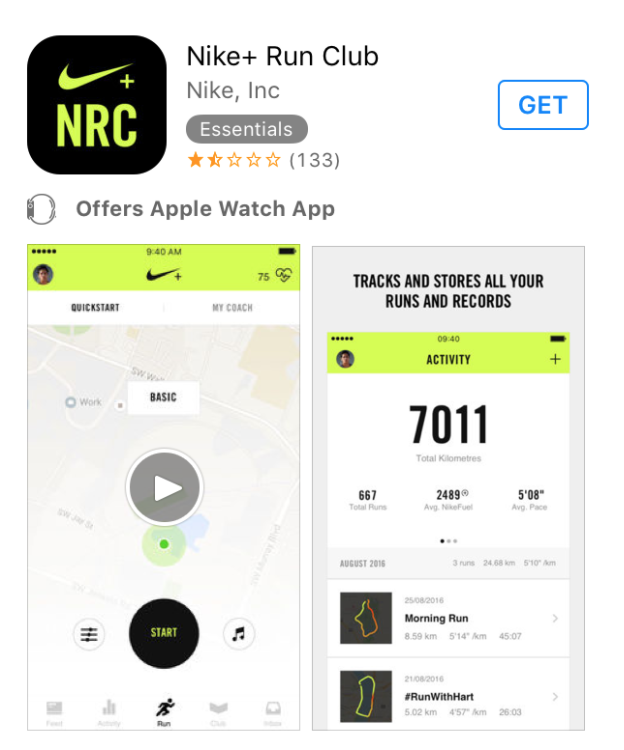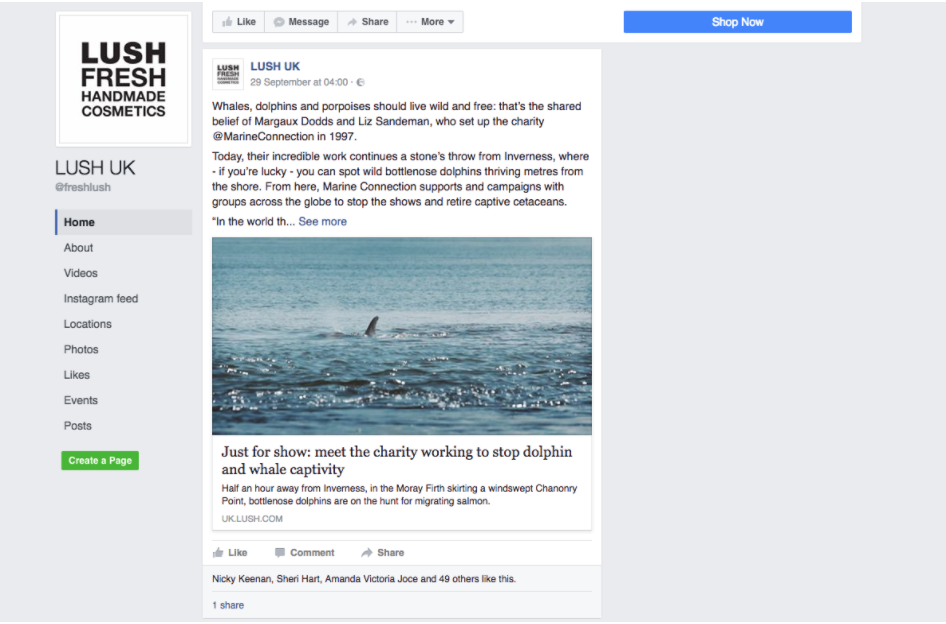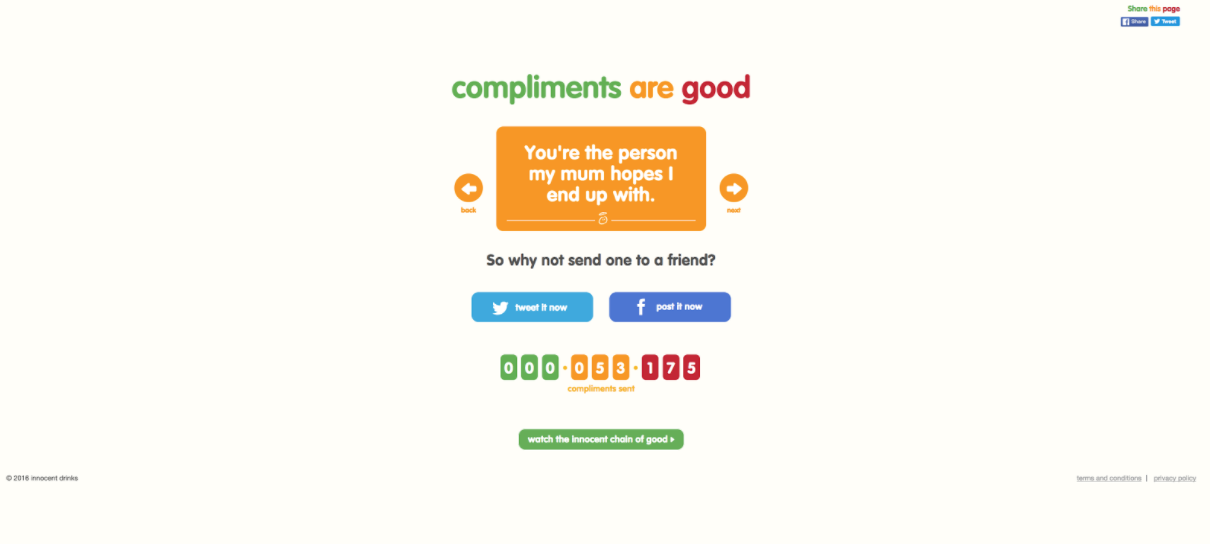Your brand is a lot more than just what you sell, it’s what you stand for. Your logo or your products may change, but your brand values will always remain the same.
In today’s climate, where everyone is now massively social thanks to new technologies and social media, it’s crucial that your brand is able to communicate with your audience. This isn’t just done over social media but through your marketing, and your marketing material should be the embodiment of your brand’s values.
Customers aren’t going to buy your product simply because you have put a picture of whatever you are selling on there (unless they are already looking specifically to buy that product, in which case marketing it to them is a waste of time anyway), they are going to buy your product because they have engaged with your advert.
They say you should design your brand logo to represent your brand’s values, not what you sell, in order to leave your business room to grow. The same goes for your marketing strategy.
Below I’ve put together a list of how the marketing methods of big name brands are influenced by their brand values:
Lush
Lush have always been a pioneer for everything natural and humane. The brand’s values are based on what is good for nature, and this is massively pushed across through all of their marketing.
From their massively controversial protest in their shop window where they acted out the treatments the animals go through on a woman, to allowing the public to write on shop windows in aid of protest, Lush have gained massive news coverage, acknowledgement, and in turn, a massive loyal customer base thanks to their brand’s values.
Obviously this might be a bit hard to follow if you are a smaller business, however, they also utilise social media to communicate their values to their customer base and encourage them to join them in their fight, giving their loyal customers and people who agree with their values an excuse to follow them and keep coming back to the brand to see what they are up to.
Innocent
Innocent’s brand values are that they are innocent, charitable (they donate 10% of their profits to charity), and a force for everything natural and good, and thanks to the way in which they push this through their marketing techniques, that is how their brand is now viewed by many of its consumers.
Their marketing techniques are humorous, full of natural imagery and hand-drawn illustrations, rounded, and innocent. The campaigns themselves, like the big knit, involves posting amusing pictures over their social media and utilising their content (words such as love, good, natural), all make their marketing strong and successful. The brand basically does what it says on the tin; they are innocent.
Their most recent marketing campaign includes a generator on their website which generates really harmless, childish compliments which users can share easily via social media and which screams their brand values at their customers. Not only will this marketing tactic increase the amount of traffic to their site and drive customers around their whole online presence, but through making it super easy for customers to share the compliments on social media, it will get their brand in front of the thousands of people that use social media.
If you are having a bad day and are in need of a bit of cheering up you can have a go here.
Nike
Nike’s iconic “Just do it” tagline was devised in order to combat the growing obesity problem in America at the time, and perfectly captures the brand values of motivation and heroism. These same values are still pushed out through their marketing campaigns today. (If you want to read more into the strategy behind their iconic marketing campaign you can read more about it here).
Aesthetically, their marketing features well-known athletes dramatically lit in dynamic compositions, accompanied by punchy, motivational text. This all works together to encourage their consumers to get up and be active and strengthen their identity as a hero, saving their customer base from laziness.
The perfect example of this is the Re-Run app they launched last year with Google, which allowed runners in over 46 different countries to track their runs from over a year. The app then showed their progress and allowed them to easily share it with their friends across social media, encouraging their customers to go out and “Just do it”. Not only did this project their brand values through a very successful marketing campaign, but it kept their users engaging with their brand for a year and made it easy for their users to share across social media, pushing the app out in front of millions of more potential customers.

Overall, all of these big brands probably have a much bigger marketing budget than their smaller competitors, however, the same principle can be applied. If you utilise your brand’s values to the full and use them to push across your marketing campaigns, one day you may give Nike a run for their money (excuse the pun). If you want to find out more about improving your branding, you can read more here.








